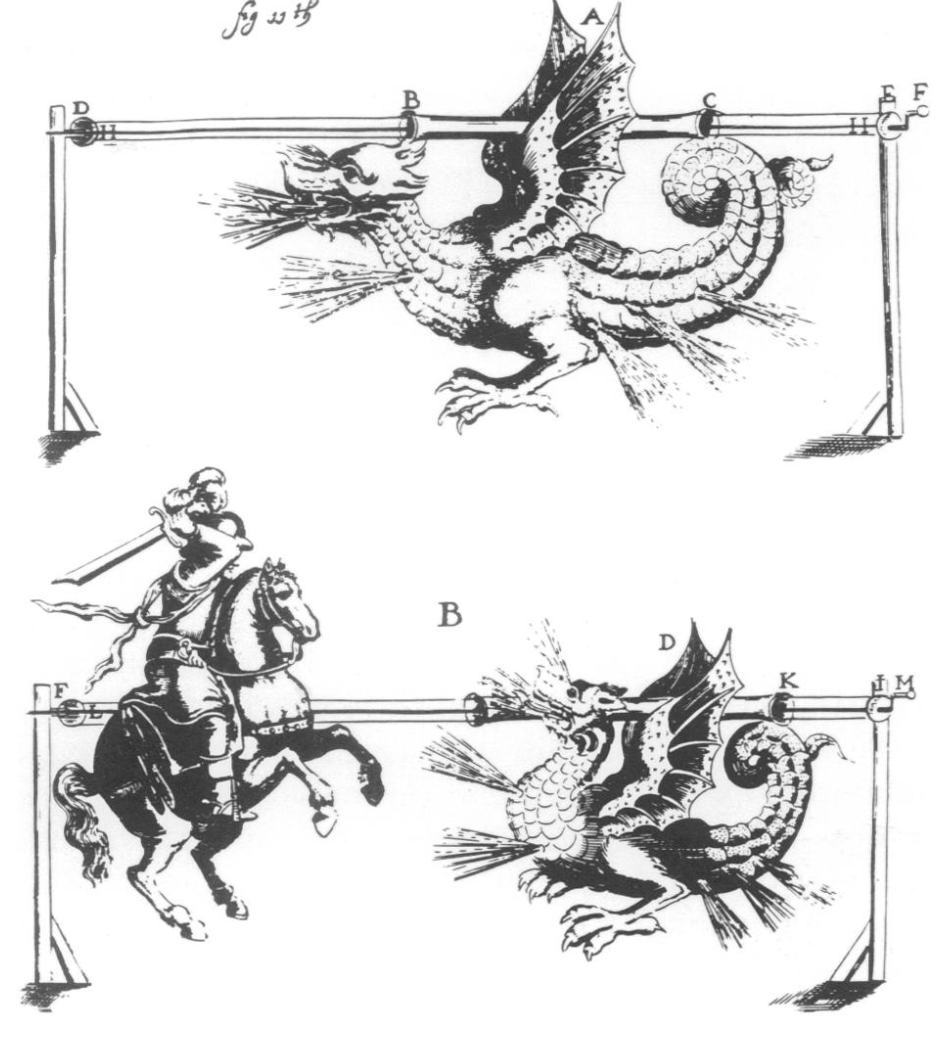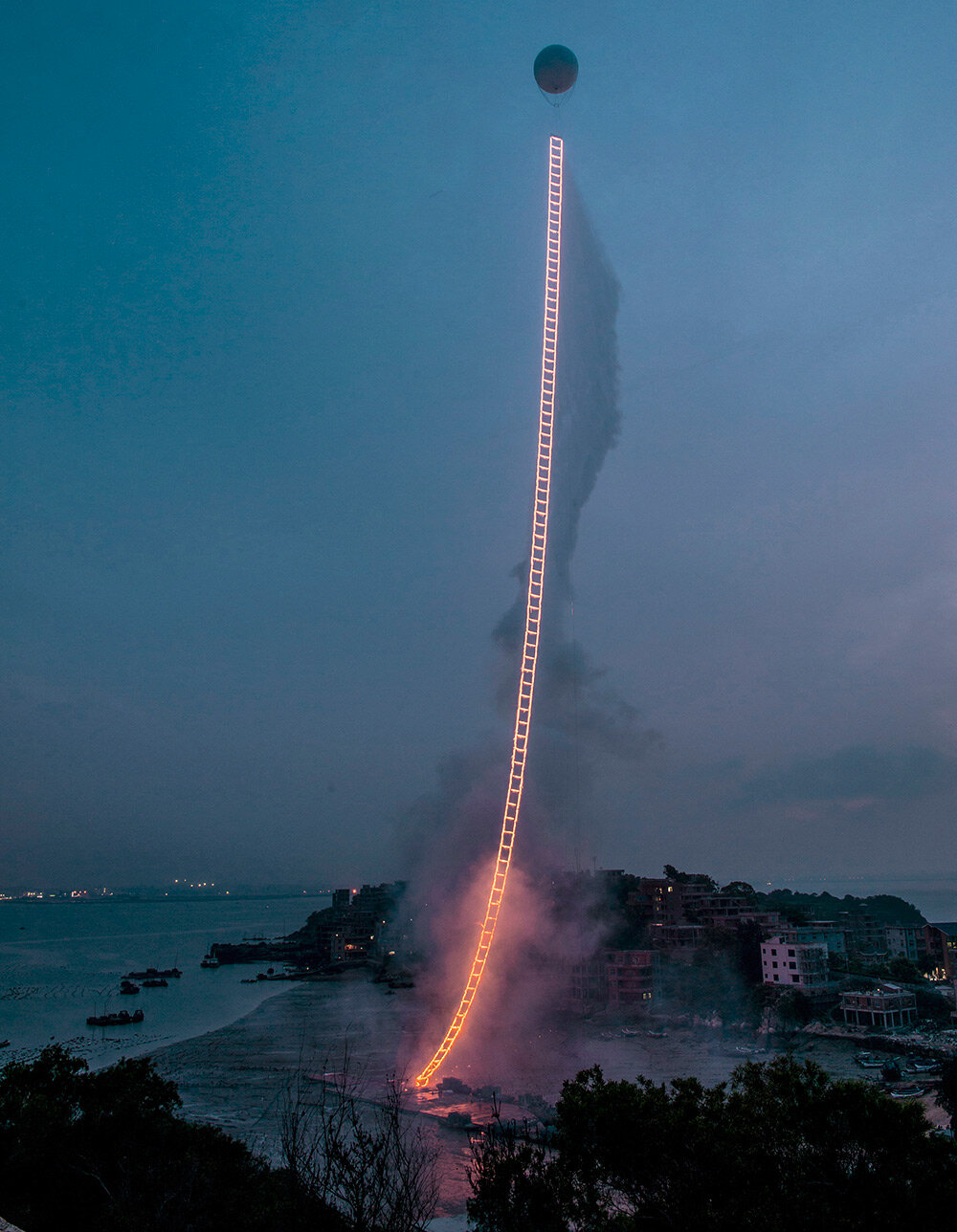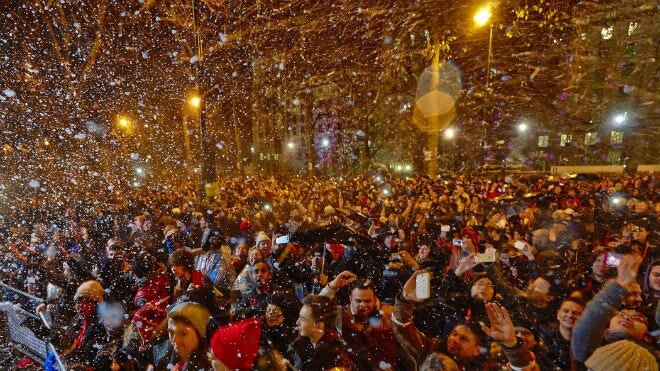Fireworks
The Destabilizing Spectacle of 2020 vs. The 4th of July
As a child, there were only two places I experienced fireworks, the 4th of July and sporting events, and their deep boom terrified me. I plugged my ears and gazed in awe of the explosions in the sky. For the past month, my neighborhood and I have mostly felt the rumble, listened to the cracks, and smelled the gunpowder amongst our streets.
Originating in China, the earliest recorded use of fireworks occurred as early as 200 BC. Pyrotechnics made their way west to Italy where Western classical masters tried their hand in this dazzling relationship between art and science. Experimentation with kinetic machines, firework-laced costumes, and towering structures in the 15th through 18th centuries kept the displays confined to the streets. The labor and cost involved in ground-based displays turned investor’s attention to the skies, a large stage for an even larger audience.
Innovators of the twentieth and twenty-first centuries have taken fireworks to new heights (pun intended). Cai Geo-Qiang’s Sky Ladder, Bompas and Parr’s multi-sensory fireworks at the 2013-2014 New Year’s Celebration in London.
Majority of the American population associated fireworks with holidays, momentous celebrations, and religious events; most notably, Independence Day. July 4, 1776 the founding fathers of the United States of America signed the Declaration of Independence for the thirteen colonies, and the first organized celebration of Independence Day would take place in Philadelphia exactly one year later. The fireworks became a metaphor for war, an annual reenactment signifying the myth of independence as one of celebration. We, in turn, experience fireworks with like-minded people or even create an identity; legible in whatever context encountered, patriotism, pyrotechnic advancement or the beauty of war. In an interview posted yesterday by CNN, Julie Heckman, executive director of the American Pyrotechnics Association explained, "Traditionally, there are 16,000 Independence Day shows across this nation."
For many however, the myth of American independence is compounded by this celebration as slavery in America continued for another 89 years after 4 July 1776. Just this year, the state of Pennsylvania recognized Juneteenth as an official holiday, one celebrated privately by the African American community for centuries, but I digress. About two and a half weeks prior to June 19th 2020, the nightly fireworks began, shortly after nationwide protests against murders of unarmed Black Americans by the police, most recently George Floyd. Many were surprised to discover that their neighborhood was not alone, across the country people spoke of the same happenings in their hometowns. Few city neighborhoods are immune to the evening’s onslaught of blasts and for those with pets, children, anxiety, and post-traumatic stress disorder, they are more than an inconvenience. Unremarkably, the majority of disturbances occur in areas with higher black and brown populations. In Philadelphia, “[p]olice received about 8,500 complaints of people setting off fireworks in the city between May 29 and June 28” - Inquirer. Theories developed as noted author and activist Robert Jones, Jr. published his findings on social media that, quite easily, spread like wildfire:
“The thesis my neighbors and I discussed was whether this was an operation meant to use sound (a tactic the U.S. military uses abroad) to cause sleep deprivation, which would help create confusion and fatigue, and stoke preexisting tensions between Black/Brown and allied communities; desensitization as a means to get us so used to the sounds of firecrackers and other fireworks that when the enemies of Black liberation started using their real artillery on us we wouldn’t know the difference.”
The use of hundreds and thousands of fireworks, an imported commodity, begs the question of supply, from where are the fireworks coming and could there be any fireworks left? I myself have received three-times the number of flyers to purchase fireworks compared to previous years at this address. According to industry leaders, compared to 2019, demand for consumer fireworks increased by at least 115%. That specific phrasing, “consumer demand” allowed the news media and opposition to choose a different theory, boredom in the midst of the pandemic, "People were coming outdoors for the first time and they wanted something to do," said Bruce Zoldan, CEO of Phantom Fireworks, " And the entertainment is consumer fireworks." Dismissing the aforementioned strategic psychological warfare as a way for those affected by COVID-19 to replace the usual summer activities makes me even more suspicious. Stories on social media share accounts of the New York Fire Department setting off fireworks, officers in plain clothes delivering packages to kids, and mysterious load of fireworks appearing in cities’ poorer neighborhoods.
What remains for this upcoming holiday? A celebration of war and misplaced pride further tainted by this past month’s torture. Yet, the nation persists in its unearned patriotic spectacle. I previously looked forward, not to the grand professionally sponsored events, to the competitive display of explosive prowess between neighborhood families. In our small park by the Delaware River, the destructive power of the explosion is not sanitized by the dazzling display, as is often the danger in amateurs. To maintain social distancing however, top organizations try something new, Macy’s surprised New York with unannounced brief displays across the city and while most cities plan for virtual events and fireworks displays. The artistry of pyrotechnics is lost in the digital view. No screen can capture the aesthetics of these exhibitions for what makes the experience wonderfully surreal is seeing it in person. No false celebration can conceal the anxiety, powerlessness, and damage this once fantastic medium has become.















